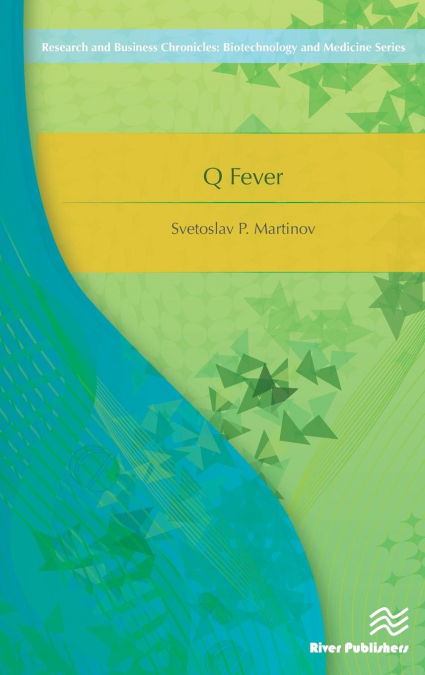
Svetoslav P. Martinov
Information on the changing epidemiology and expanding nosological range of Q fever in humans has gained much attention in the past decade. Q fever is a zoonotic disease caused by the highly infectious pathogen Coxiella burnetii and has global distribution with important health, social and economic implications. A number of other properties and characteristics of the causative agent and disease, define Q fever as a lasting and difficult veterinary and epidemiological problem, namely: the adaptability of C. burnetii and its high resistance in the external environment; the possibility of the existence of the agent in three- and two-member parasitic systems; the availability of natural and agricultural foci of infection; peculiarities of pathogenesis in humans and animals, and the mechanisms of excretion of the pathogen into the environment; and the high susceptibility of non-immune populations of animals and people. Given that C. burnetii is included in the arsenal of bacteriological weapons as agent with potential bioterrorist threat must be borne in mind the strategic importance of this microorganism. This book summarizes and analyzes the scientific facts and developments about Q Fever researched worldwide and performed by the author to propose a system for monitoring, control and prevention covering the main necessary actions, measures and activities in the fight against this fever. There is an uneven level of knowledge of Q fever in animals and humans in various countries on the planet, while the assessment of the relevance of the problem is often ambiguous and unrealistic in terms of veterinary, medical and social and economic aspects, which can result in an incomplete diagnosis, inaccurate information about the spread of disease and lack of purposeful struggle. The scientific topics discussed include: Biological, morphological and immunological properties of Coxiella burnetii Diagnosis, clinical forms and manifestations, pathologic changes Epidemiology of Q fever in animals and humans Prevention and Control